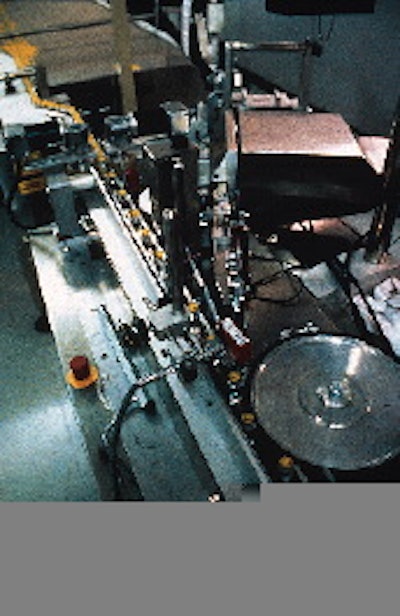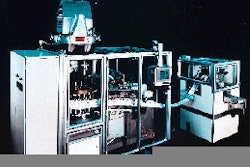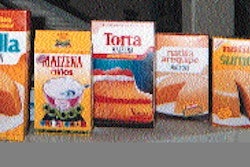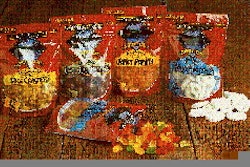When Bill DiFabio found himself eating fish and chips at 11:30 p.m. at his equipment vendor's plant in England, 3ꯠ miles from home, he was not entirely unpleased. As the associate manager, packaging, for West Orange, NJ-based pharmaceuticals maker, Organon, Inc., he had traveled to England in late '95 to check out and accept a new in-line vial labeler. The supplier, Newman Machinery (Belle Mead, NJ), manufactures the labeler at its U.K. plant and world headquarters. Needing additional production capacity for a new product-a liquid parenteral product used in surgery-Organon purchased the labeler for a spring '96 installation to label 5- and 10-mL glass vials of the drug. The machine, installed in Organon's Allentown, PA, plant, is equipped with an Itran machine-vision system from Acuity Imaging (Nashua, NH) that inspects lot and expiration date codes. So what was DiFabio doing on Newman's plant floor at 11:30 p.m.? In a word, validation. "Many times you go check out a machine and the vendor runs it 20 minutes, performs a changeover, runs it 20 more, and you're done," explains DiFabio. "And then when you get home your validation people have to sit with you and pore through the manuals to come up with a validation protocol. And you're not even sure you can execute the protocol because you're not that familiar with the machine!" Vendor validation assistance Newman assists buyers of its labelers with validation by devising a thorough validation procedure specific to each labeler. The validation "package" consists of an elaborate set of testing procedures written out in a series of manuals. These tests are run on the machine at the supplier's plant to ensure that it measures up to the promised performance specifications. Those testing procedures-which are customized to each machine-can then be replicated in the customer's plant for actual FDA-compliant validation. For Organon, Newman's validation package served its purpose well. A problem in the logic programming was ferreted out in England. "It took us eight hours to find it," recalls DiFabio. "If we weren't following this documented step-by-step sign-off," notes DiFabio, "we would never have picked it up until we got home. We would have lost many days in the States." Operational since last year, the labeler is the speediest one in Organon's plant, running at up to 250 labels/min. In operation, pre-printed wraparound pressure-sensitive labels unwind along a straight labeling "arm" or path. At the first station, a hot-stamp coder imprints the lot and expiration date. DiFabio explains that the labels are moved intermittently via a clutch-and-brake mechanism, with the coder timed to imprint precisely while the web of labels is stopped. After the code is imprinted, the machine- vision system's camera captures an image of the label and inspects it for code presence as well as quality. Not only can it detect an incorrect character, it can detect a correct character with the slightest blemish, with tolerances defined by Organon. If a label is judged unacceptable by the machine-vision system, it is tracked as it is applied to the vial, which is later rejected from the line by a pneumatic cylinder. After the machine-vision inspection there is a sensor that detects missing labels. If a label should be missing from the web, the machine will reject the corresponding vial. At the end of the labeling arm, the release liner bends a sharp corner causing the labels to pop off the carrier web and "flag," waiting for the vials to be presented. Meanwhile, vials, spaced apart by a gating roller, convey past a rotating belt that causes them to turn as they meet the waiting label. The label wraps around the turning vials, which then exit the machine and proceed toward a downstream trayloader. Fast changeover Changeover on the machine is simple, says DiFabio, which is one of the reasons this machine was selected. The process requires no tools and takes about 15 minutes, about half as long as Organon's older labelers. Adjustments are done via handwheels. Despite the fact that Newman is an overseas manufacturer, DiFabio has no misgivings when it comes to parts and service. "The United States crew here is very good. They know their business and I'm comfortable with their service. I don't have to keep a large inventory of spare parts. At most I wait a day to get what I need. "They're nice, solid machines," DiFabio concludes. "They're very easy to learn and not overly complicated."























